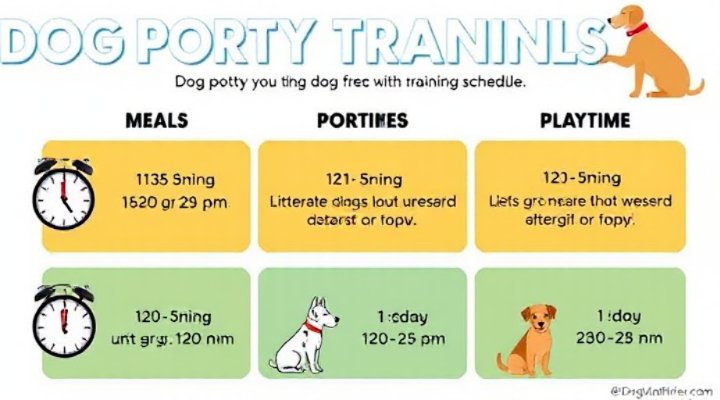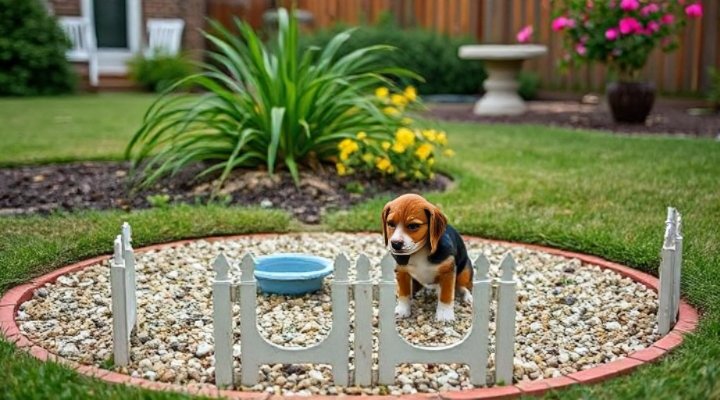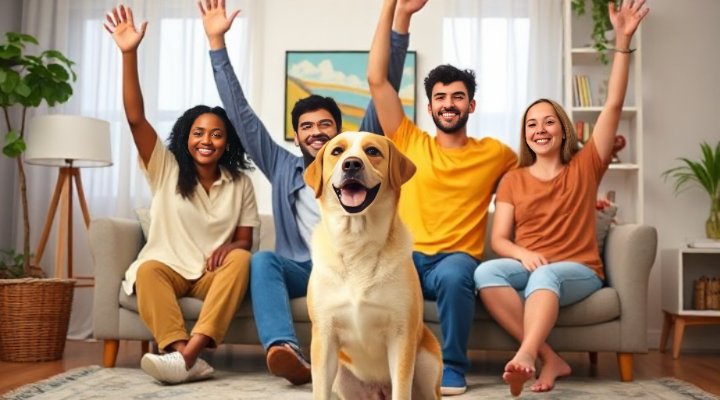Dog potty training is one of the most important aspects of bringing a new puppy or dog into your home. Not only does it keep your living space clean, but it also establishes good habits that will last your dog’s lifetime. In this comprehensive guide, we’ll walk you through simple steps and practical tips to make the process as smooth as possible for both you and your furry companion.

Understanding Your Dog’s Potty Signals
Before diving into training techniques, it’s crucial to recognize when your dog needs to go. Common signs include sniffing around, circling, whining, or suddenly becoming restless. Puppies typically need to eliminate after waking up, eating, or playing. By learning these signals, you can anticipate when to take your dog out, significantly reducing accidents.
For instance, when I first brought home my Labrador, Max, I noticed he would suddenly stop playing and start sniffing the floor intensely. That was my cue to quickly take him outside. After a few weeks of consistent response to these signals, he began to understand where he should do his business.

Establishing a Consistent Routine
Consistency is key in dog potty training. Dogs thrive on routine, so establish regular times for meals, potty breaks, and walks. A good rule of thumb is to take your puppy out:
- First thing in the morning
- After every meal
- After naps
- After play sessions
- Right before bedtime
This routine not only helps with potty training but also with general behavior training. As your dog matures, you can gradually extend the time between potty breaks.

Choosing the Right Potty Spot
Whether you’re training your dog to go indoors on pads or outdoors in a specific area, consistency in location matters. Dogs are creatures of habit and will naturally return to spots where they’ve eliminated before. For outdoor training, choose a spot that’s easily accessible and always take your dog there on a leash until the habit is firmly established.
If you’re using indoor training pads, place them in the same area each time. Gradually move them closer to the door if your ultimate goal is outdoor elimination. This technique worked wonders when I was transitioning my senior rescue dog from pads to outdoor potty breaks.

Positive Reinforcement Techniques
When your dog eliminates in the correct spot, immediately reward them with praise and a small treat. The timing is crucial – the reward should come within seconds of the behavior. Use enthusiastic verbal cues like ‘Good potty!’ in a happy tone. This positive association helps your dog understand what behavior earns rewards.
Remember, punishment for accidents is counterproductive. Instead, if you catch your dog in the act, interrupt gently with a neutral ‘Oops’ and quickly take them to the correct spot. For more on positive training methods, check out our guide on the best way to potty train a puppy.
Common Potty Training Challenges
Even with the best techniques, you might encounter some hurdles:
- Submissive urination: Some dogs, especially puppies, may pee when excited or nervous. This usually resolves with time and confidence-building.
- Marking behavior: Unneutered males are more prone to marking. Spaying/neutering can help reduce this instinct.
- Regression: Stress or changes in routine can cause trained dogs to have accidents. Be patient and return to basics.
For dogs with persistent issues, consider consulting a professional dog trainer who can assess your specific situation.

Transitioning from Puppy Pads to Outdoor Potty
If you started with indoor training pads, transitioning outdoors requires patience. Begin by moving the pad closer to the door, then eventually outside. Always accompany your dog during this transition phase and use the same command (‘Go potty’) you used indoors.
My neighbor successfully transitioned her Shih Tzu by placing a pad just outside the door for a week, then removing it entirely while maintaining the same verbal cue. Within two weeks, the little dog was happily doing her business in the backyard without any pads.
Nighttime Potty Training Tips
Puppies especially struggle with holding it through the night. Here are some strategies:
- Limit water intake 2 hours before bedtime
- Take your puppy out right before sleep
- Set an alarm for a nighttime potty break (frequency depends on age)
- Use a crate if your dog is crate-trained
For more on crate training, which can be incredibly helpful for potty training, see our article on choosing the best crate for puppy training.
Maintaining Potty Training Success
Once your dog is reliably potty trained, maintain the good habits by:
- Keeping a consistent schedule
- Continuing to praise good behavior
- Being patient during life changes (moving, new pets, etc.)
- Regularly cleaning accident spots with enzymatic cleaners
Remember, every dog learns at their own pace. What took my first dog three weeks to master took my second dog nearly two months. The key is consistency, patience, and lots of positive reinforcement.
Related Keywords:
dog bathroom training, housebreaking a dog, puppy potty training schedule, how to train a dog to pee outside, dog toilet training methods, potty training older dogs, dog training for beginners, best dog potty training techniques

